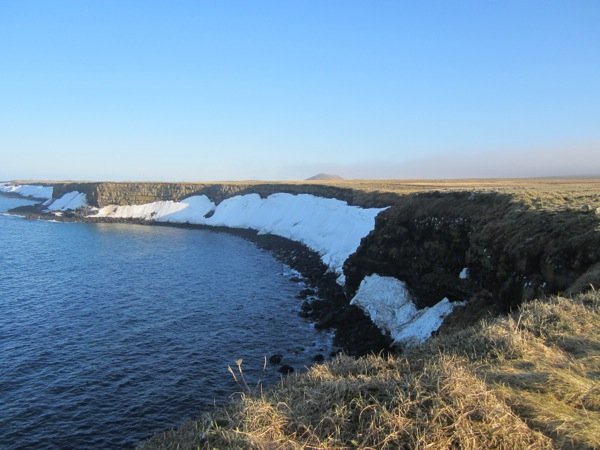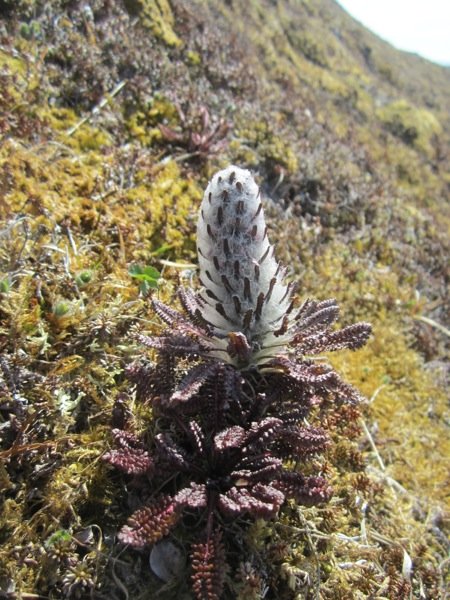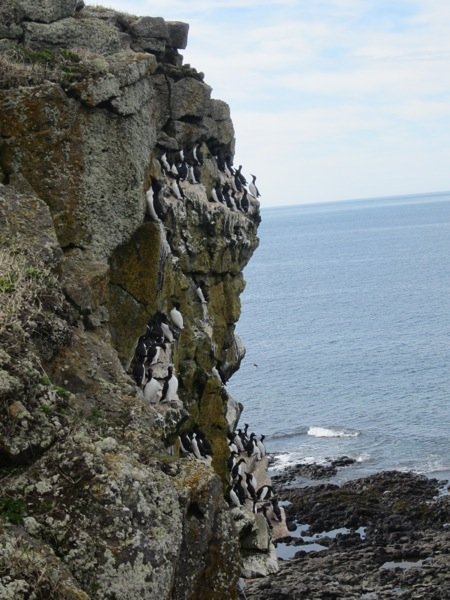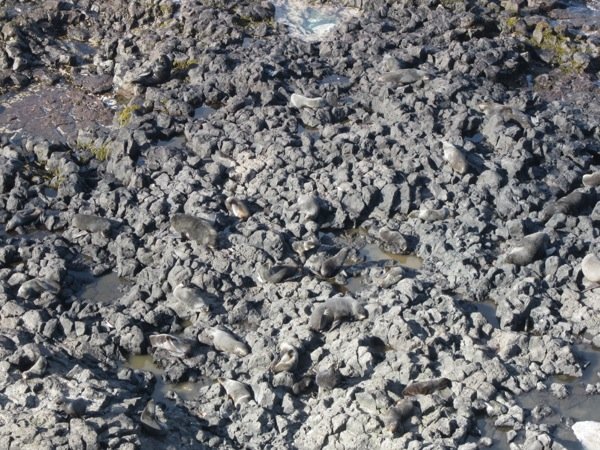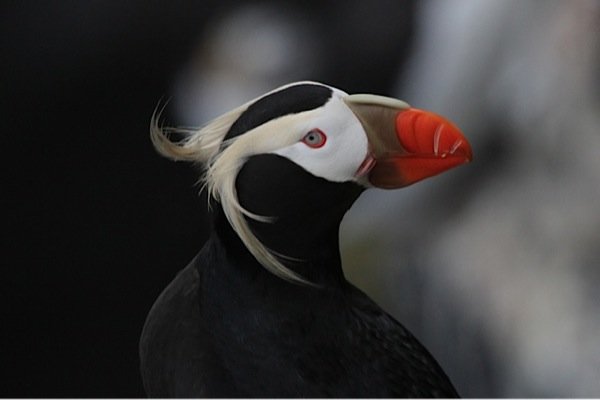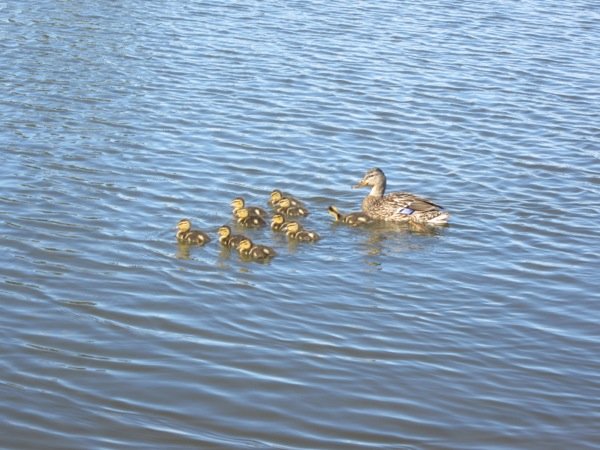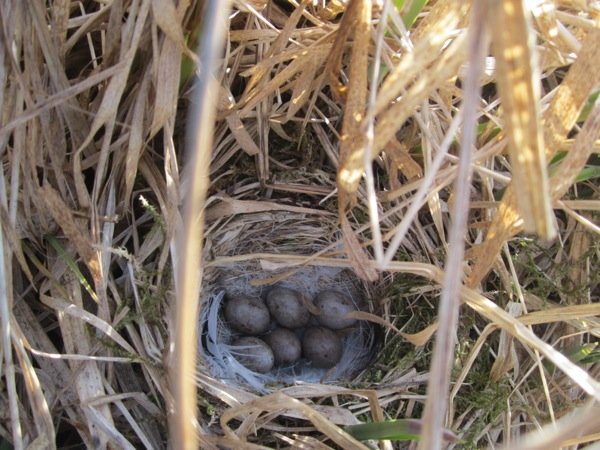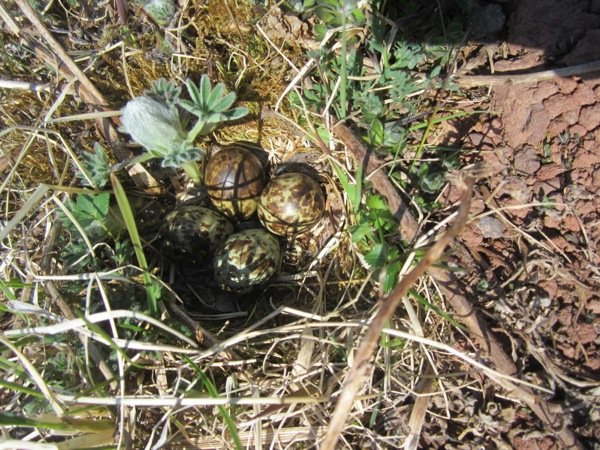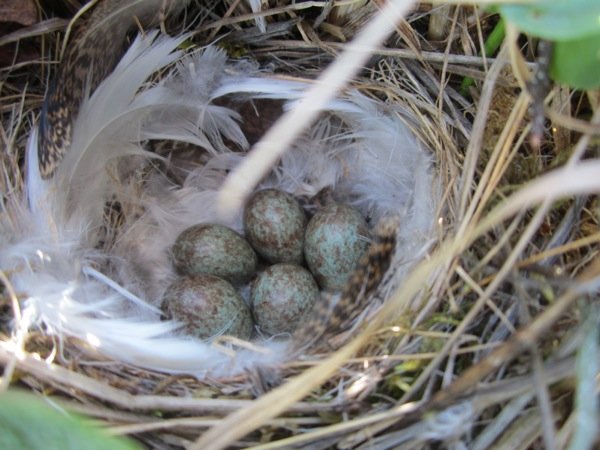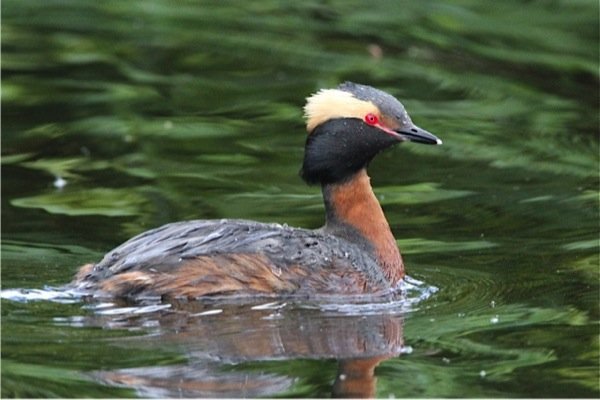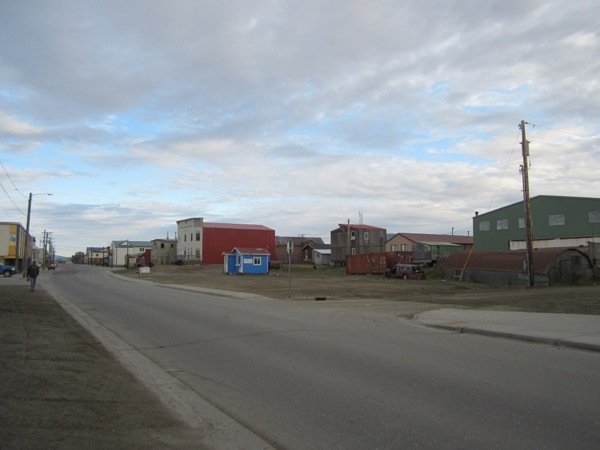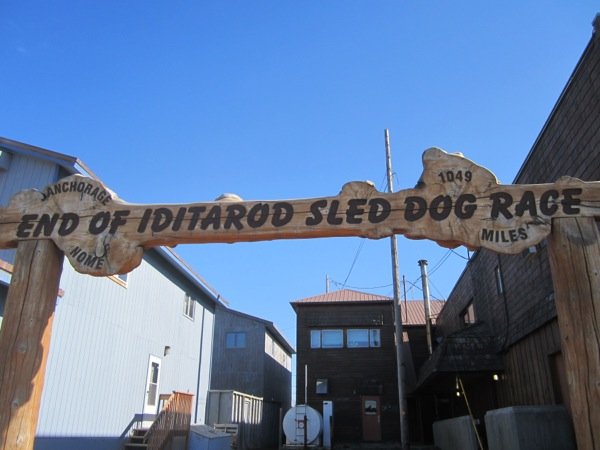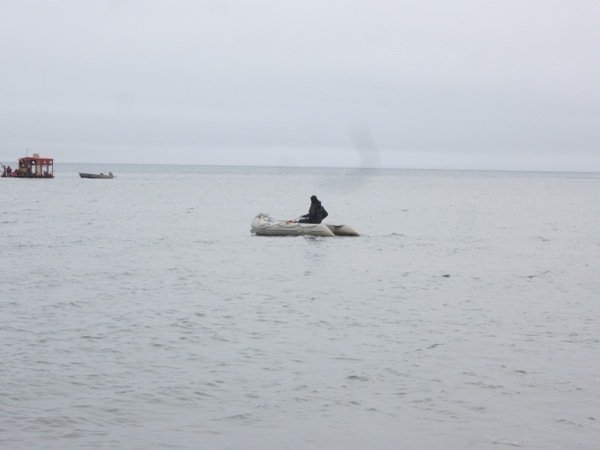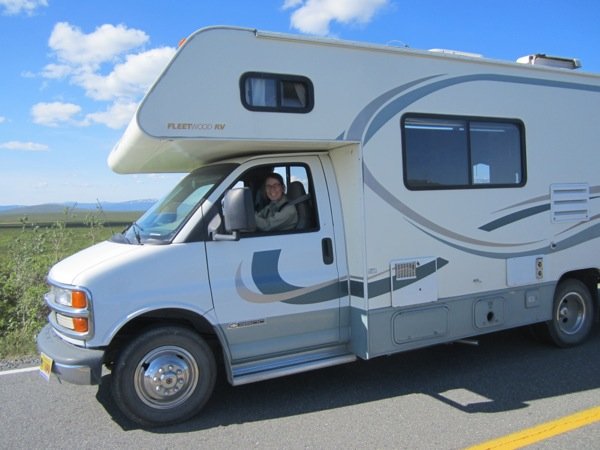
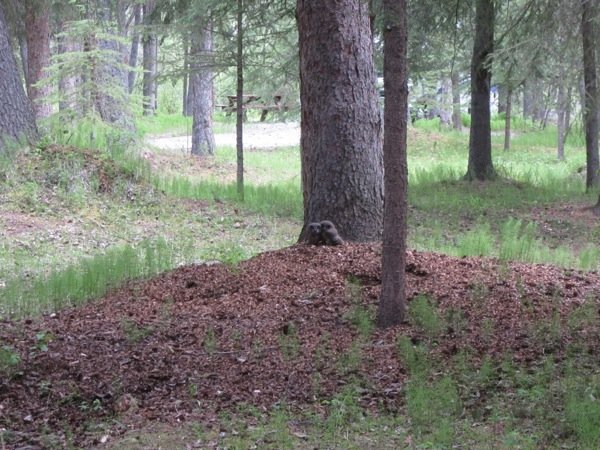

I have always been fascinated with life on the road. My fantasy runs more to Travels with Charley than it does with those monstrous RVs that hog the road (what DO they have in there?) getting 2 miles to the gallon. To roam freely like a turtle with its shell had become a real fantasy. And my fantasy vehicle is the RoadTrek. It's sleek and runs on diesel and costs a fortune (just about what I paid for my house that doesn't roll around, and that will appreciate, not depreciate). It's a RoadTrek I had in mind when I decided we would rent an RV in Alaska. Instead, I found website after website of big fat RVs to rent. So that's what we would do.
The company I found online boasted they were homegrown Alaskan. Rave reviews followed. I booked early and got a discount. I was ridiculously excited about this leg of the trip, and imagined sending photos of me at the wheel of our rig, grinning as I backed into a camp site.
From the start it was clear that choosing homegrown wasn't such a good idea. When we were ready to go, at 9 on the morning, I called for a pick up. The message said, leave a message, but call back as well; I don't return phone calls. So I called a while later and they said the rig would be ready at noon. At noon they said 1:30. At 2:30 they said they'd pick us up in twenty minutes. At 3:45 they picked us up. At 4:30 we rolled out of the parking lot in a vehicle with nearly bald tires, that rattled (loose heat shield?), that barked (hole in muffler?) that had a cracked windshield and, we learned after being honked at a few times, the left blinker didn't work. I won't even begin to list the problems inside, like the passenger seat that flopped backward and would not lock, or the refrigerator that froze all of our food, or the shower that leaked. Sitting in the RV felt like being suspended in a hammock as we swayed from side to side rolling down the road. It was not a good feeling.
First stop: Walmart. In my strongest moments I find Walmart a challenge. I staggered out with our food for the next nine days. Second stop: the airport where we hoped PenAir would have delivered our luggage that did not make it onto our return flight from St. Paul. It was supposed to be in at 4:30. It was not, but they promised it would arrive at 7:30. It didn't arrive then either.
So luggage-less and in our swaying vehicle we made our way out of Anchorage. A gloom settled into the RV as we both took in our situation. Our plan to drive the Denali Highway vanished as we realized this RV wasn't reliable enough to drive the dirt road. What if we got a flat? the RV rental refused to give us a jack. "You'd never figure out how to use it."
I read the description for a camping spot outside of Palmer, a suburb to Anchorage. "Beautiful views of the Matanuska Valley," it said. A series of RV stacked in a row occupied a vast, characterless field. "Beautiful," I echoed as Peter pulled in.
I hardly slept through the night under our polyester sheets as I went through the ridiculousness of this venture. Driving a big, clunky vehicle is not an adventure; it was just midnight anxiety. We woke to walk down a mosquito-infested dirt road in search of Hammond's Flycatcher. No bird but the walk did, for a moment, distract us from our situation.
The drive out the Glenn Highway is one of the most beautiful in the world. In the distance, the snowy mountains of the Wrangell Mountains. The black spruce that line most of the road give a sense of true wilderness. A Northern Hawk Owl swooped across the road, a Robin in hot pursuit. There was little room to pull over but Peter got the RV off the road and we ran back to find the Owl perched on top of a tree. A mate joined it and the two sat there, staring at the world.
Excited by our owls, we rolled forward. We had expected to already be in Paxson by this night, but the RV wasn't much good over 50 miles per hour, so we were short of our goal.
The Tolsona Wilderness Campsite at one point had nesting Great Gray Owls--what could be more thrilling? So we turned in there for the night. We had a site right next to a stream, an open and beautiful place to sleep. Turning off the engine of the RV was the sweetest moment. Peter leapt from the driver's seat, relieved to be done with the narrow, often shoulder-less road in a fat vehicle. We needed a walk, so headed toward the gravel entrance road, intending to go in search of those owls (a search we knew would be fruitless, but we had to try). A squirrel caught his eye, and when Peter focused on the squirrel he saw two little brown blobs at the base of a large spruce tree. "Owls!" he said, practically walking up to them.
Two baby Boreal Owls huddled together, staring at us. Their wide eyes were framed with white, but the rest of them was a downy brown, the fluff of babyhood. There is nothing as magic as an owl. But a baby owl--I was shaking with the excitement of this. Others staying at the campground caught wind of our excitement and came over to look. A little boy peered into the woods. I handed him my binoculars. "Look closely," I said. "You will never see this again in your life." I was speaking to myself.
Through the night I woke a few times, wondering if those little owls were safe. A family of Ravens had set up camp on the other side of the river. The baby Ravens--nearly full size--made a racket asking for food. I didn't trust those Ravens not to take the owls.
At three in the morning Peter woke to the noise of the baby owls begging for food. He went out and recorded their cries. Later in the morning we visited them both, eyes closed in contentment, perched on tree limbs off the ground.
And here is how my logic works: if we had a light and fast car, or even a smooth riding RV, we never would have stopped at this campground, we never would have seen those baby Boreal Owls. I didn't start loving the RV--that would be going too far--but I saw that it was a part of this magical evening and night sharing a campsite with baby Boreal Owls.
Me, smiling at the wheel of the RV (a fake smile); two blobs of Boreal Owl; close up of Boreal Owls--photo by Peter Schoenberger
